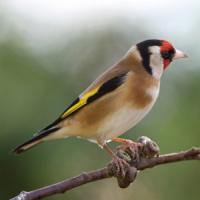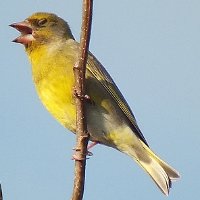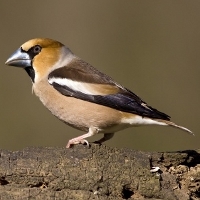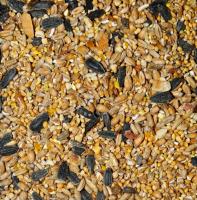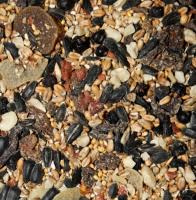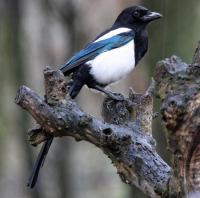- Home
- FAQs
- Customer Video Gallery
- Customer Photo Gallery
- Bird Facts
- Bird Food Blog
- Bird Information
- Feeding Advice
- Small Animal Information
- A to Z of Guinea Pigs
- A to Z of Hamsters
- A to Z of Rabbits
- Basic Care for Guinea Pigs
- Basic Care for Hamsters
- Basic Care for Rabbits
- Basic care for Chinchillas
- Basic care for Ferrets
- Basic care for Gerbils
- Basic care for Mice
- Basic care for Rats
- Buying a Healthy Small Animal
- Does your Reptile need a Licence
- Equipment for Ferrets
- Equipment for Hamsters
- Equipment for Mice
- Equipment for your Chinchilla
- Equipment for your Gerbil
- Equipment for your Guinea Pig
- Equipment for your Rabbit
- Keeping a House Rabbit
- Dog Information
- Cat Information
- Customer Information
- Fat Balls
- Suet Pellets
- Straights
- Seed Mixes
- Suet Treats
- Mealworms
- Bird Feeders
- My Account

| Scientific Name | Cocothraustes cocothraustes |
| Breeding | late-April |
| Fledge Days | 12-13 |
| Incubation Days | 11-13 |
| Lifespan | 4 |
| Number of Clutches | 1-2 |
| Number of Eggs | 4-5 |
| Size | 18cm |
| Weight | 48-62g |
| Wingspan | 31cm |
Hawfinch Facts - Hawfinch Information
Hawfinch - Coccothrraustes Coccothraustes
The Hawfinch is an uncommon British breeding resident with around 800 pairs, it occurs in deciduous woodland habitat throughout the country, however, although widely distributed, it is very localised, shy and difficult to observe. They are particularly attracted to stands of Hornbeams, Elm and Cherry. You may lucky enough to entice a Hawfinch to your garden by presenting suitable food on the bird table or ground, Hawfinch’s feed on seed so a good Seed Mix may bring them in.
Identification:
Adults
- Males and females are very similar, females show a small pale wing patch and are a little duller than males.
- The Hawfinch is our largest Finch, up to 18cm and has a huge strong bill, it is large headed and bull necked. It is very shy.
- Upperparts and tail - tail is very short, white tipped with black sides. Rump and upper tail coverts are rusty orange.
- Back is dark chestnut.
- Wings are black with bluish sheen and a large single large white wingbar which is rusty on the inner part.
- The Hawfinch has a hugh head, it is full of muscle to operate its massive bill.
- The Hawfinch is able to exert a massive 60kg of force, enough to crack open Cherry stones!
- The head is rusty orange with neat black bib and small black loral stripe. It also shows a grey collar which extends up on the nape.
- Underparts...breast, belly and flanks are rusty orange, vent and undertail coverts are white
- Bill is very large, triangular and black.
- Legs pale and eye black.
Juvenile
Juveniles appear from May and look like adults but underparts are greyish with course spotting.
Status and Distribution
The Hawfinch is an uncommon breeding resident in the UK with around 800 hundred pairs, spread throughout the whole of the UK.
In winter numbers increase slightly as migrants come to the UK from Continental Europe to escape their cold winters.
Habitat/Food
Hawfinches tend to feed high up in the canopy but will come down to ground level in search of fallen Seeds etc.
They occur in deciduous woodlands throughout the UK, but are generally associated with Hornbeam, Cherry, Oak, Ash etc.
If attracted to the garden Hawfinches will take Seed Mixes, Fruit and Suet, preferable from the ground or table.
Song/Call
Call note is a hard electric ‘tix’ short and vibrant, also a soft series of ticking call uttered in flight.
Song is a soft mix of the notes containing lots of softly uttered ‘sih’ and ‘sri’ notes, song and can be difficult to hear unless at close range.
The following food is favoured by Hawfinch







